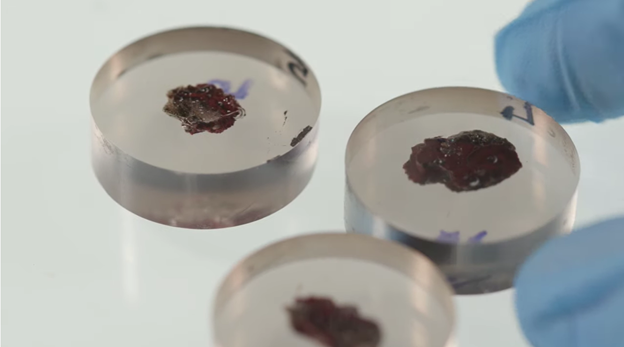Time and nuclear technology

Craig Piercy
cpiercy@ans.org
Hi friends, I hope you had a good summer. Like many of you, I took a break from my summer vacation to watch Christopher Nolan’s Oppenheimer. I’m an unabashed Nolan fan—Inception and Interstellar rank among my top 10 favorite movies—but I’ll admit that Oppenheimer required more time for me to digest.
The film itself is first-rate: powered by a taut screenplay, its stripped-down elemental cinematography largely validates the director’s decision not to use any computer-generated imagery (although a couple of quick CGI scenes from the K-25 enrichment facility or the X-10 graphite reactor would have been really cool). The result is a historically faithful, largely accurate celebration of the brilliant minds that enabled one of the most daring engineering feats of all time.



